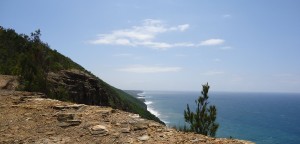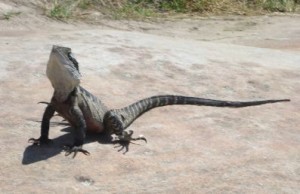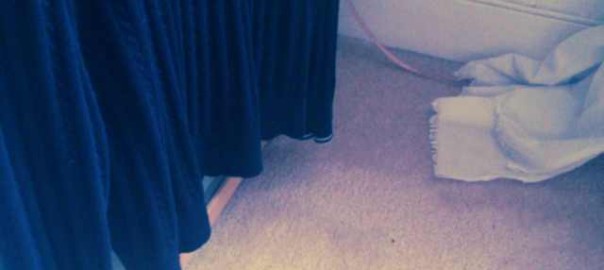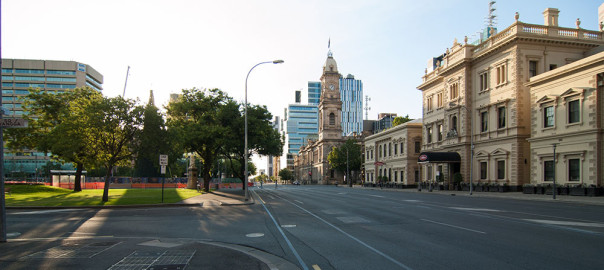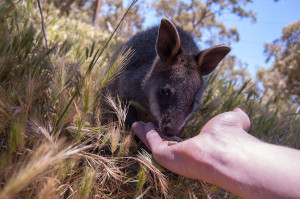A year ago I started my PhD project, and in some ways you do not know how deep the rabbit hole goes. During the year the ideas about design and memories have changed. Lately, one of the things circulating in my mind is the idea of designing for reminiscing, or in other words feeling good about yourself because of pleasant feelings about the past. It’s the foundation of our project really and, of course, there are psychology studies to back up the idea that thinking about the past can indeed help us today.
Despite those studies, showing highlights from the past isn’t like nibbling on a magic mushroom of happiness. It is not a straightforward relationship. Showing me a photo of a trip I took half a year ago does not suddenly make me happier, even though that trip may be regarded as a nice thing. Why would it make me happy? It is not very relevant to my current situation, although it may remind me to go on a trip again soon. Perhaps it’s too close to me still, and I don’t need nor have use for the reconfirmation of the experience. It still reflects me as I was half a year ago, by and large the same person with the same outlook on life. So if a photographic display of myself doesn’t get me to think of myself, what will?
“You’re thinking about something my dear, and that makes you forget to talk.”
Well, perhaps an explanation is that there is no conflict nor discrepancy nor uncovering of long forgotten viewpoints. Anyone who is a good writer or storyteller knows to get us interested is a source of conflict. Whether the conflict is some unknown dangling in the future (a story arc that doesn’t get resolved until the last moment), or a sudden twist (as with jokes), you’ll want to play with anticipation of the viewer. When designing for an audience who already know their own story, introducing anticipation is a challenge. The designed thing may need to know something that the viewer does not and aim for a time-strung release of tension.
How do we create tension in a design, especially when it concerns our own memories? It seems we already know the story! What a silly suggestion! Perhaps it will only work if we have forgotten some parts of our story first, or an unknown connection is made to reveal an unconsidered angle. Alice knew about rabbits, mice, and cats, and it was only when she forcibly considered a new angle that she did realise their world was vastly different.
Immersive storytelling, missed connections, and being present in everyday life to support serendipitous encounters with nibbles of happiness – it is quite a challenge. Will our designs be like a queen of hearts, or nothing but a mad hatter? To find out, we must follow the white rabbit…
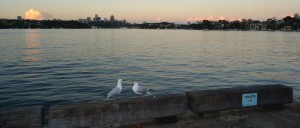
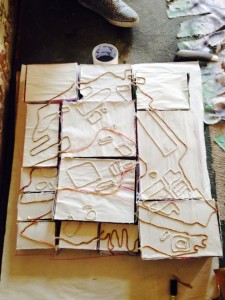
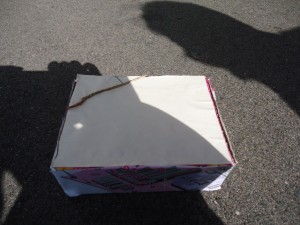
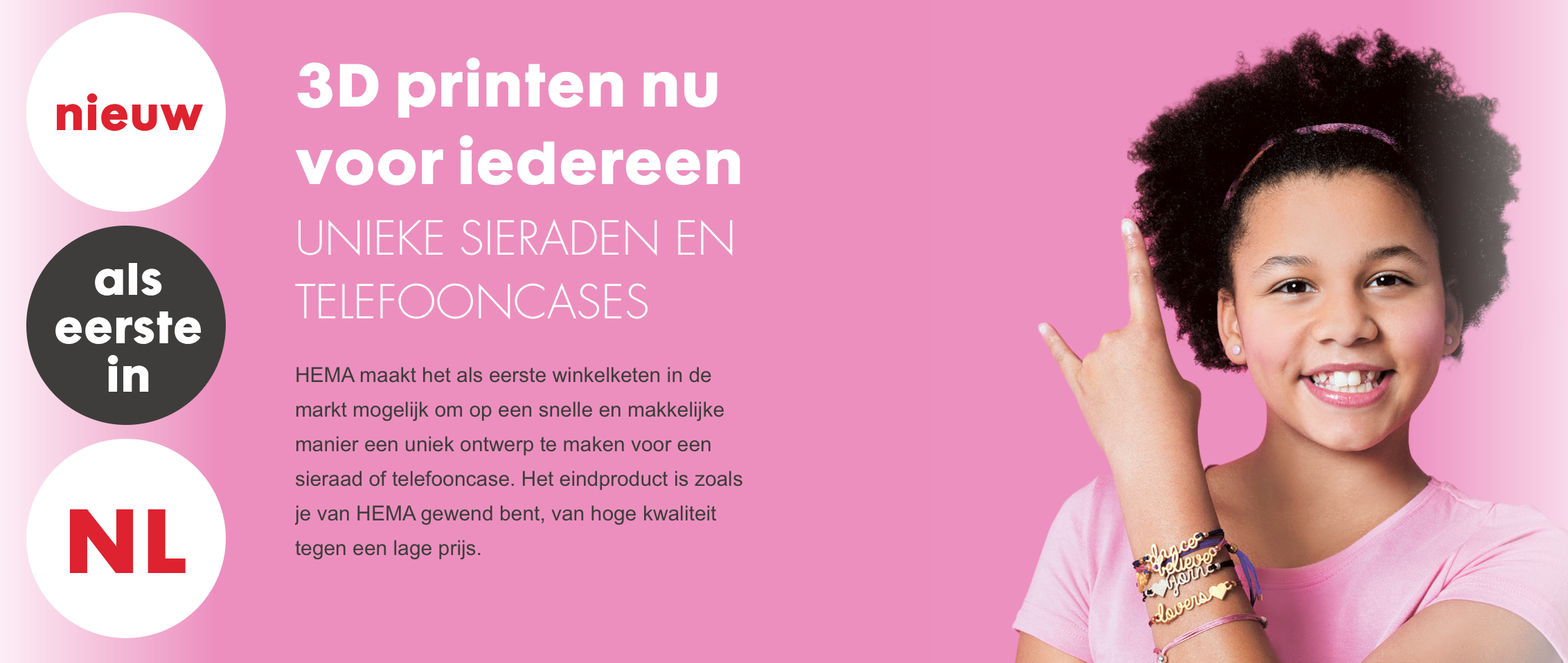
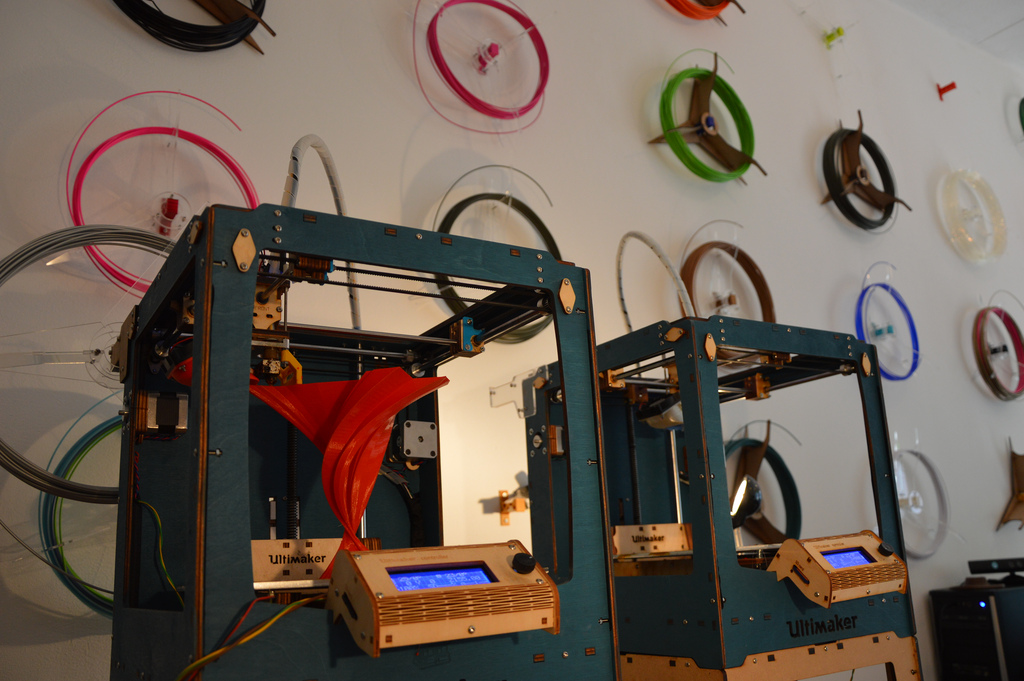
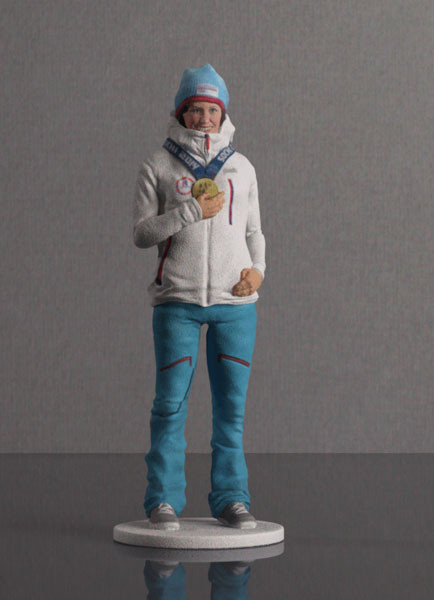

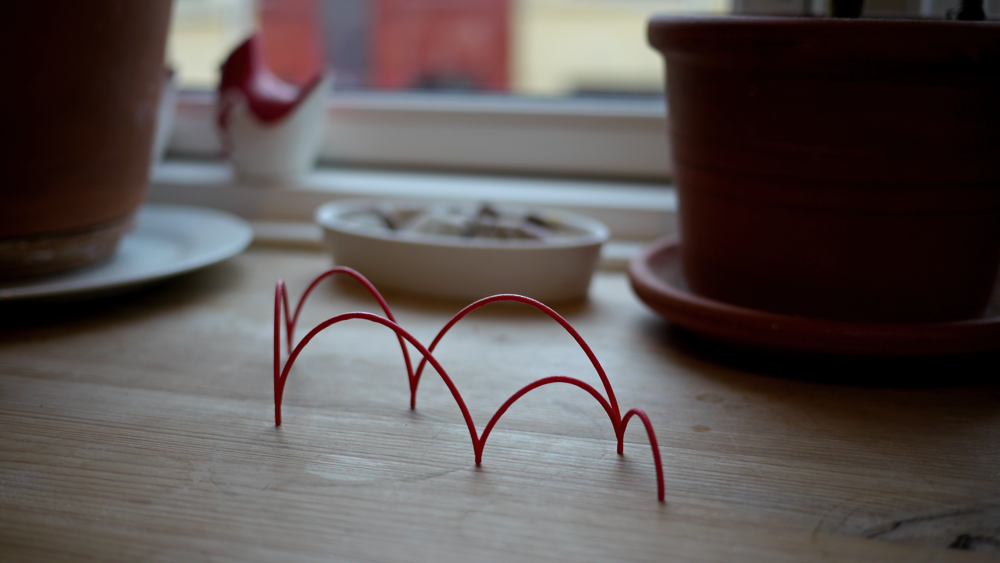
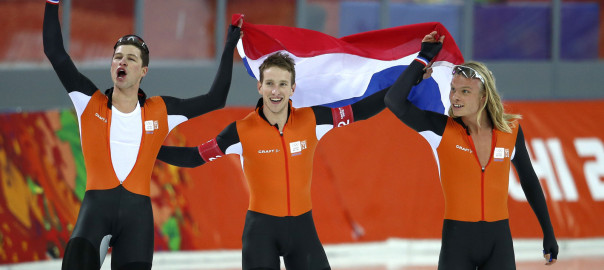
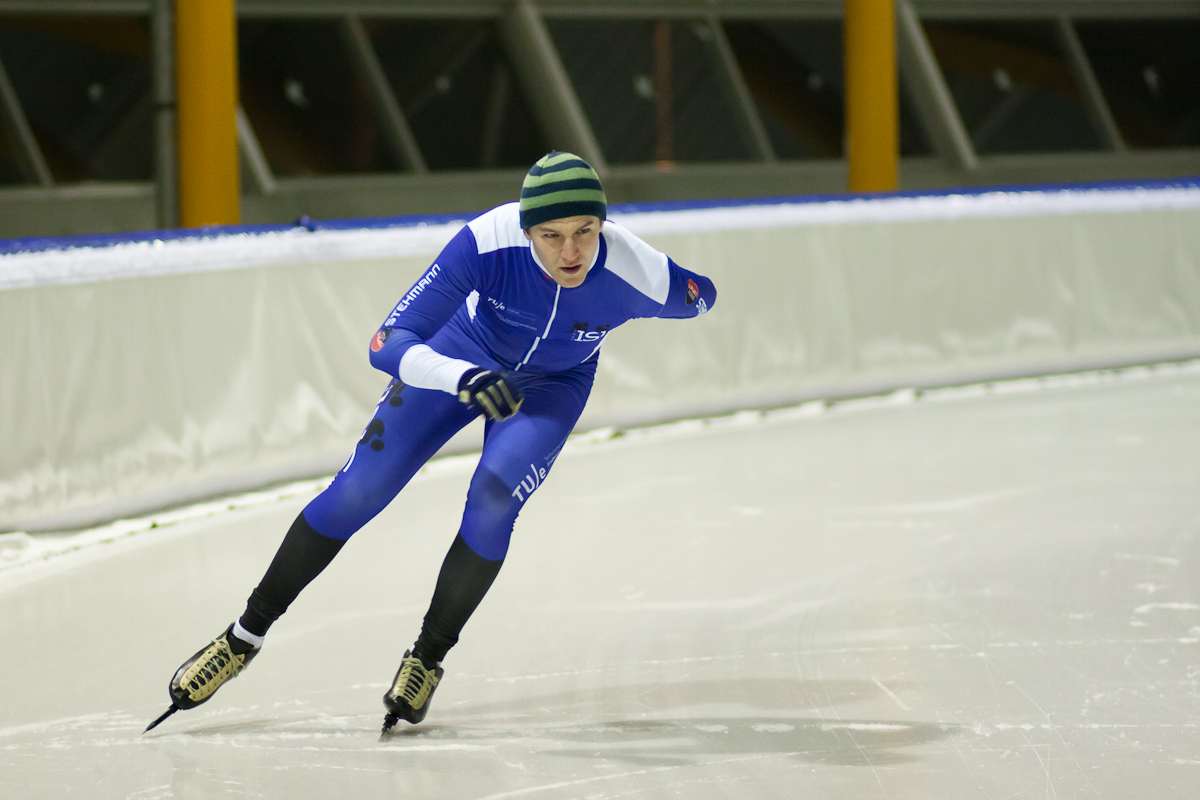
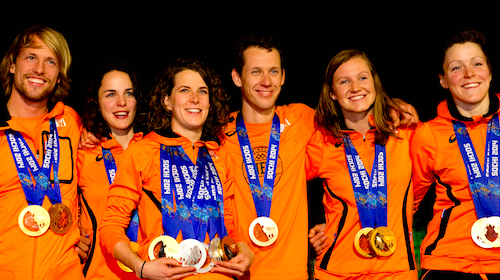
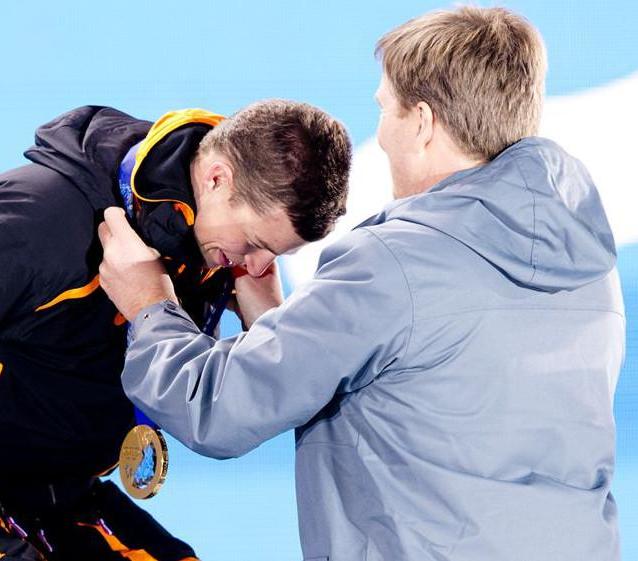

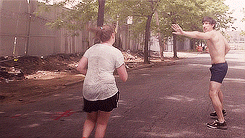


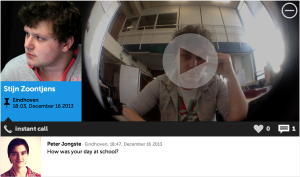
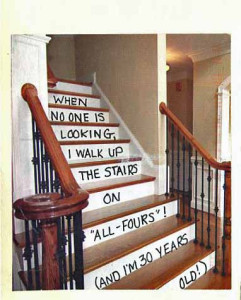
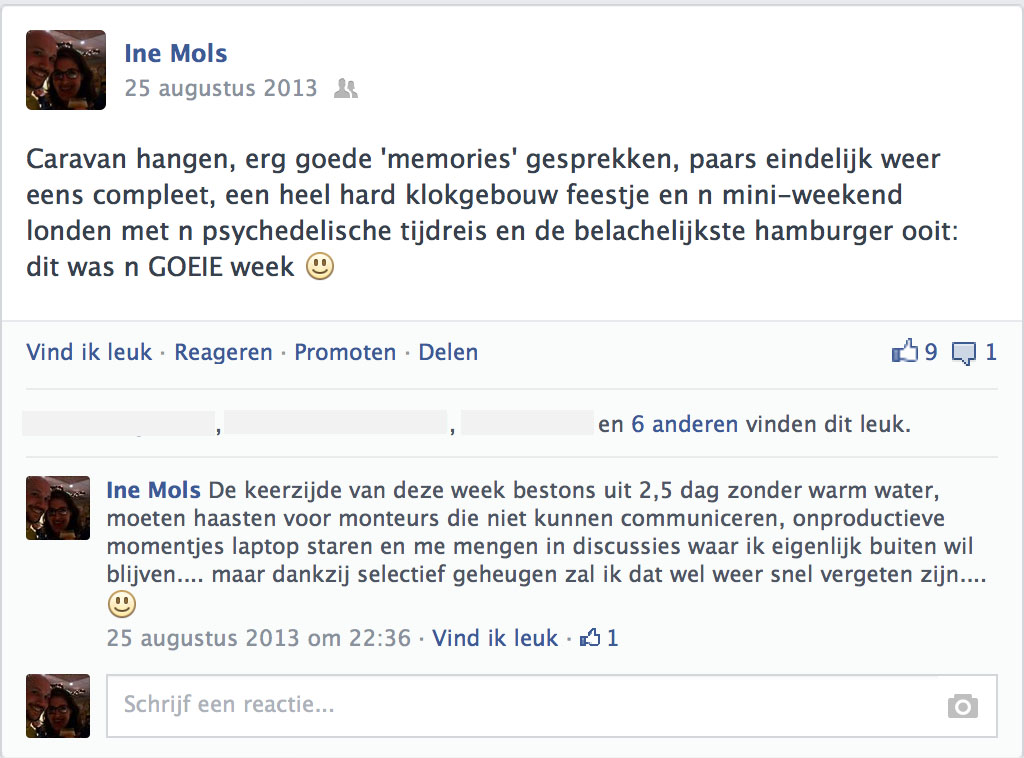 I once commented on my own Facebook post about an awesome week to explain the down-sides of the same week; trying to slightly break this unrealistic stream of positivism I saw on my own wall as well. Although I say in the post “I’ll probably forget about these negative aspects due to selective memory”, the post has had the opposite effect: I now remember these aspects as well. I remember the small annoying things about that week that I most often forget.
I once commented on my own Facebook post about an awesome week to explain the down-sides of the same week; trying to slightly break this unrealistic stream of positivism I saw on my own wall as well. Although I say in the post “I’ll probably forget about these negative aspects due to selective memory”, the post has had the opposite effect: I now remember these aspects as well. I remember the small annoying things about that week that I most often forget.